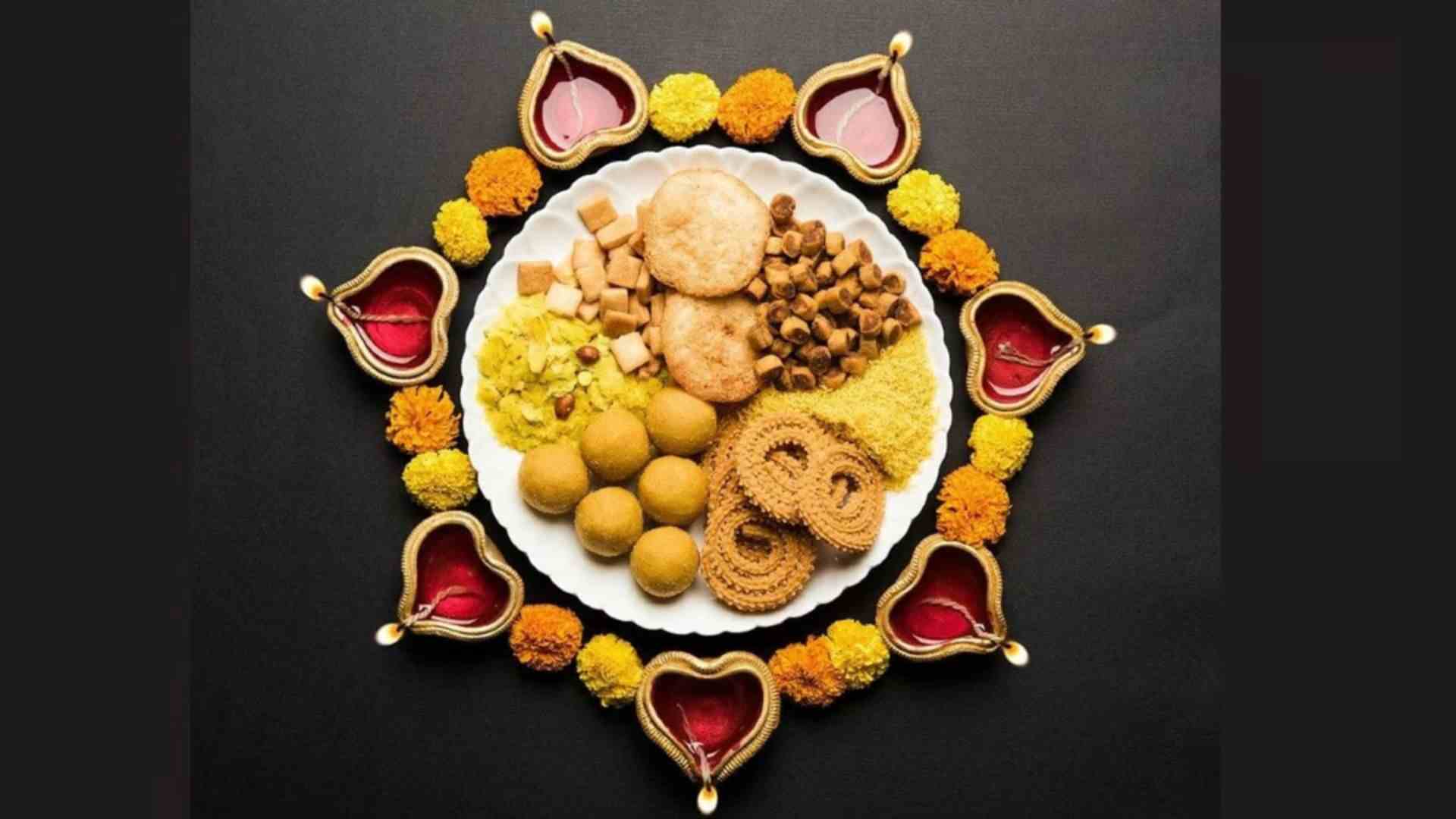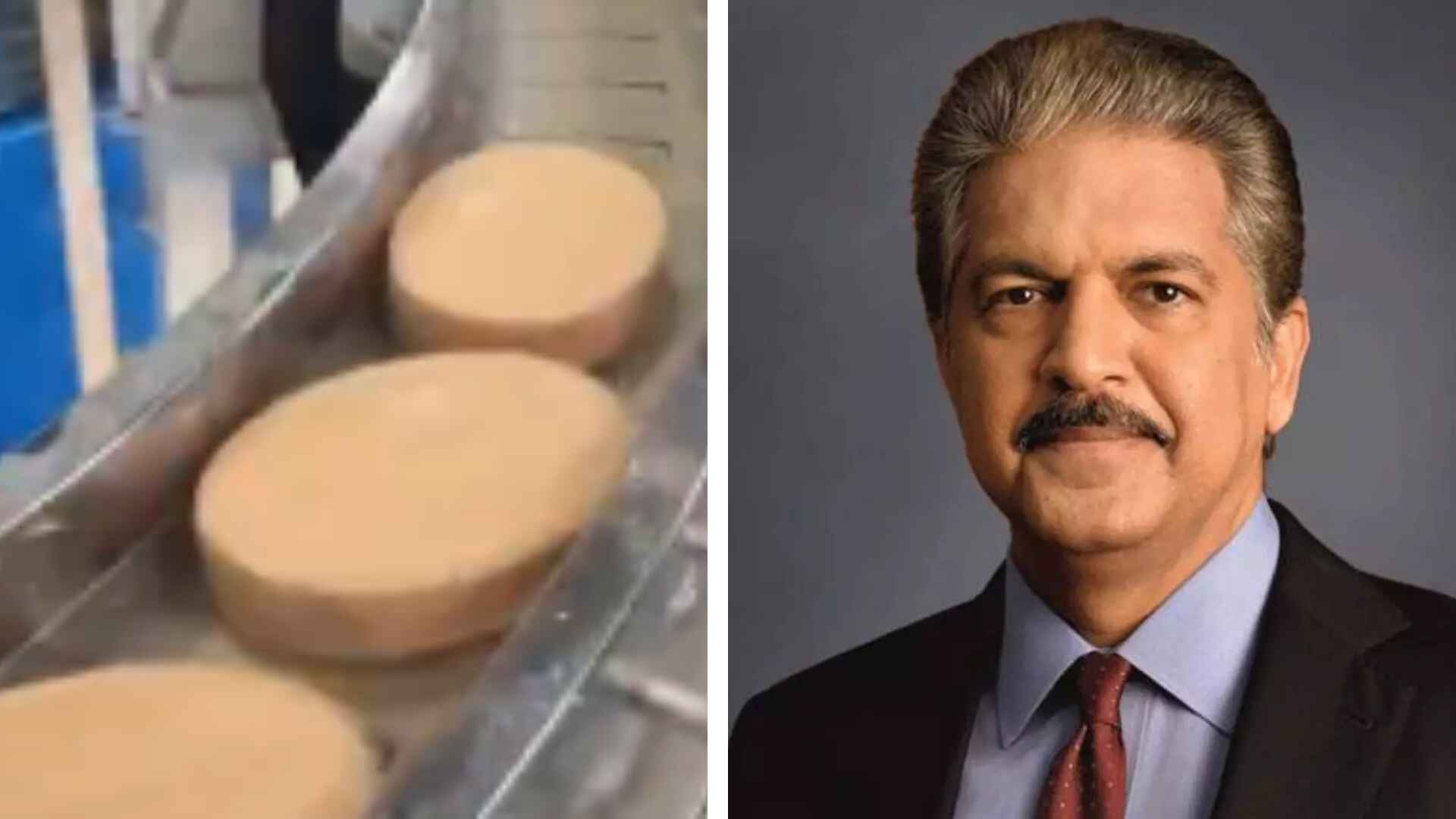Diwali, a festival known for its vibrant celebrations, dazzling lights, and irresistible sweets, is fast approaching. However, beneath the tempting spread of festive treats lies a harsh reality — adulteration runs rampant during this season, putting consumers’ health at serious risk.
In response, the Food and Drug Administration (FDA) and other regulatory agencies ramp up their efforts, conducting raids in Nagpur and various other cities to combat this issue. Yet, their findings only scratch the surface of the widespread problem.
Adulterators frequently introduce harmful substances into basic ingredients such as milk, khoa (thickened milk), and ghee, which are the core components of many traditional sweets. Disturbing cases have emerged, including milk being mixed with white paint, crushed toilet paper blended into khoa, and animal fat substituted for ghee. These adulterants pose serious health risks, turning the festive joy of Diwali into a hazardous gamble for consumers.
Must Read: Mayor Eric Adams Joins Indian Community in Vibrant Diwali Celebration at Times Square
Despite the authorities’ best efforts, many unscrupulous traders continue to evade the system, concealing their harmful practices with great skill. Adulteration is often so well-hidden that it’s nearly impossible to detect with the naked eye. Experts caution that many sweets are tainted with dangerous chemicals like starch, urea, caustic soda (used to whiten khoa), synthetic dyes, and other additives. These substances not only degrade the quality of the sweets but can also be toxic.
Health experts urge consumers to be cautious when purchasing sweets during Diwali. While the vibrant colors and attractive packaging may be enticing, it’s important to remember that what appears appealing might be far from pure. The chemicals used to enhance the appearance of sweets can be more hazardous than they seem.
Another serious concern is the state of hygiene in many sweet-making establishments. Municipal Corporation and health officials often turn a blind eye to the unsanitary conditions in which sweets are prepared. In many cases, inspections of these kitchens could lead to immediate closures, but enforcement remains lax. The open display of sweets on the streets, especially in busy areas of Nagpur, further raises the risk as flies and dust settle on uncovered items.
Nagpur’s lively streets are filled with festive excitement, and the city’s traditional sweet shops, which have been part of its cultural identity for decades, continue to thrive. Despite the growing popularity of gift-packed sweets, locally made sweets still dominate the market. Unfortunately, many vendors have taken to setting up makeshift kitchens on sidewalks, worsening the already poor hygiene standards.
As Diwali approaches, consumers must prioritize their health and safety by staying vigilant about adulterated sweets. It’s wise to choose reputed vendors and steer clear of street-side stalls with questionable hygiene. After all, Diwali should be a celebration of joy, not a risk to your well-being.
Also Read: Diwali: A Global Celebration Of Light And Unity Beyond India’s Borders







